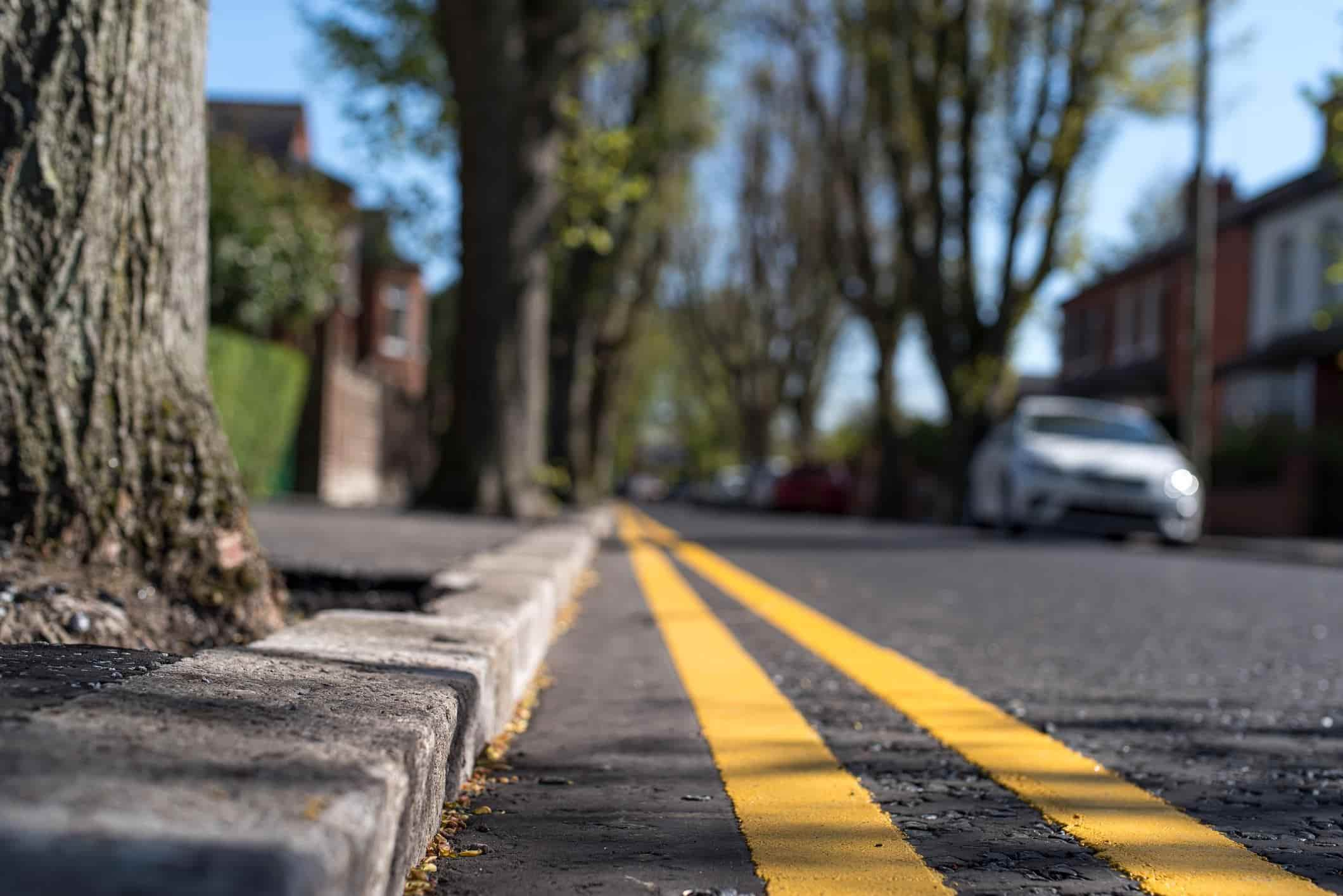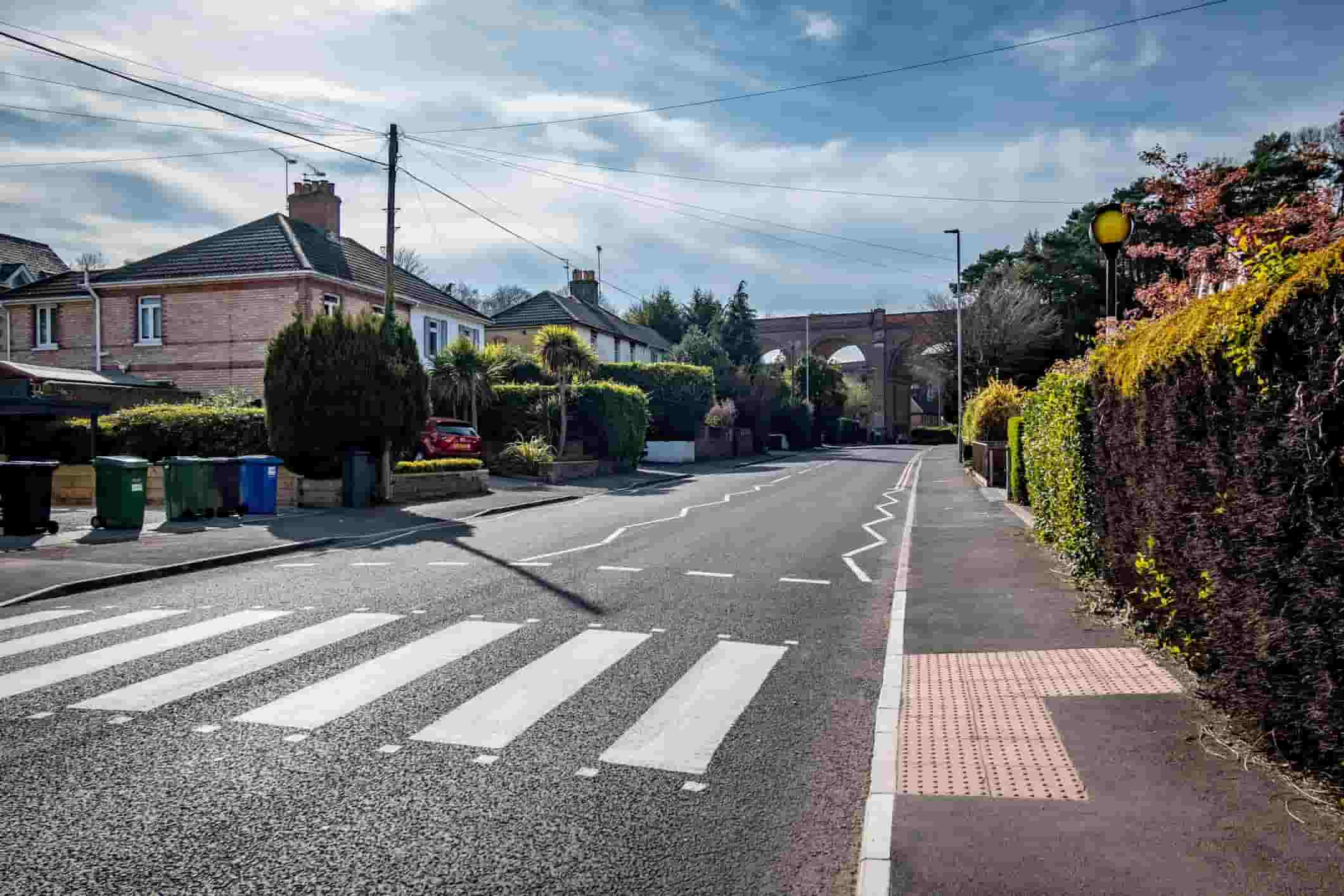What Do The Markings On A Road Mean?
Refresh Your Knowledge

When you’re driving, there are lots of things to look out for, particularly signs and road markings that may be warning you about or advising you on what you can and can’t do. They may be alerting you to one way streets, when there’s a school coming up, where you can’t park and what the speed limit is. This is why concentration is of the utmost importance when driving to ensure that you’re fully aware of what’s happening around you.
But sometimes, the warnings aren’t always clear, particularly if you don’t understand what a particular sign, symbol or road marking means. There are at least 10 common road markings listed in the Rules of the Road and each of these tells you what you are and aren’t allowed to do in certain situations. We’ve covered all of these below, so read on to find out more about white and yellow road markings.
Yellow lines
What do yellow lines mean?
Yellow lines are usually in place to tell you where you can and can’t park and how long you’re allowed to park for. These rules are in place for a reason, and it could be that the area gets easily congested or that it’s not safe to park there. The yellow lines can also show where you aren’t supposed to sit, such as in a box junction, and can have different meanings depending on whether there are one or two lines.

What’s the difference between single and double yellow lines?
When there is a single yellow line on the edge of a road, it means that you cannot park there during certain times. To find out what these times are, there will be an information plate located nearby that will inform you.
Double yellows cannot be parked on at any time, even to wait, drop off or pick up.
When can you park on double yellow lines?
Some drivers believe that you can park on double yellows on Sundays or Bank Holidays and that the parking rules don’t apply at this time, but this is not the case. You cannot park on double yellows any day of the year.
It’s also a myth that disabled drivers with special EU parking permits can park on double yellow lines. According to the Disabled Drivers Association of Ireland, parking on double yellows is still strictly forbidden, even with a parking permit. Instead, you should try to find nearby disabled parking bays.
What does the broken yellow line mean on the road?
Occasionally, you may spot a single broken yellow line travelling near the edge of a road on the left. This marks the edge of the hard shoulder and can be used safely by pedestrians or cyclists when required. This is its main purpose, however, drivers can use it briefly to allow other vehicles to overtake, but only where it’s safe to do so to avoid an accident. You must check for pedestrians and cyclists before pulling in and allowing someone else to pass. You must pull back into the main section of the road once the overtaking vehicle is through and shouldn’t drive for long periods over the broken yellow line.
White lines
What do white lines on the road mean?
There are lots of white lines on the road, and how the lines are laid out could affect what they’re trying to tell you.
Short broken white lines that travel down the middle of the road are the most common. These divide the two lanes of traffic travelling in opposite directions and show that you should stick to your side of the road unless you wish to overtake and it’s safe to do so.

Longer broken white lines with shorter gaps between them indicate areas where there might be restricted vision or where you should slow down ready to approach a junction or roundabout. Again, you can overtake on these lines but only when it’s safe to do so.
Double broken white lines in the centre of a road are alerting you to continuous white lines up ahead. You can overtake on double broken white lines, but you should be aware that a solid white is coming up.
Finally, white lines that run in zig zags show that you are approaching a pedestrian crossing and there is no parking or overtaking on these.

Can you overtake on solid white lines?
When there is a solid white line in the middle of the road with no breaks, it means that no one can overtake at any time or perform a U-turn. All traffic must stick to the left of the line.
Occasionally, you may see two white lines in the middle of the road - one solid and one broken. In these situations, you should adhere to the rules of the line nearest to you.

Take a look at the image above. You can see that the middle of the road has both a broken and solid line. For drivers on the left, they must adhere to the broken white line. This means they are allowed to overtake when it is safe. For drivers coming towards us on the right, they must obey the solid white line, which means they’re not allowed to overtake at all. You should stick to the line that’s closest to your side of the road.
